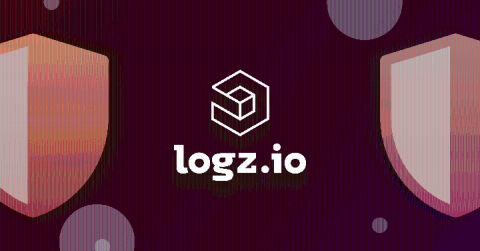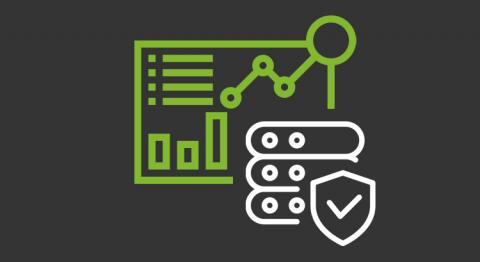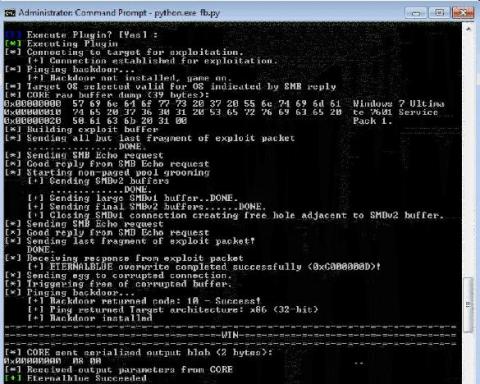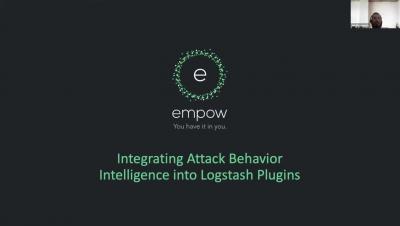A Day in the Life: Secrets of a Top Splunk Security Analyst
At Splunk, we’re proud to employ some of the top security analysts in the industry. On any given day, they’re investigating security incidents, triaging alerts and identifying threats so our systems and data — as well as those of our customers — remain secure. But what, exactly, do Splunk security analysts do? And what are some of their biggest challenges?










